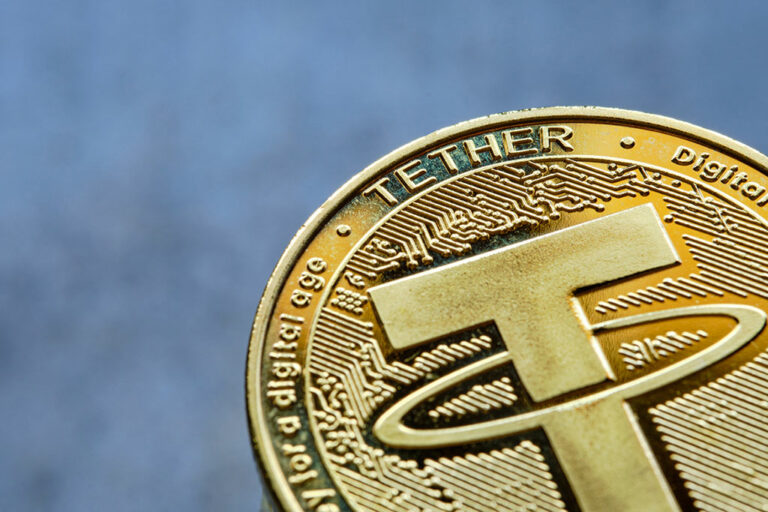According to Tether CEO, MiCA’s requirements could not only render the job of a stablecoin issuer extremely complex but also make EU-licensed stablecoins extremely vulnerable and riskier to operate.
Crypto exchange Binance announced that it would restrict access to some of the “unauthorized” stablecoins in Europe by the end of the month. Soon after Tether CEO Paolo Ardoino expressed concerns regarding the Markets in Crypto-Assets Regulation (MiCA) by the EU and its potential impact on stablecoins.
Tether CEO on MiCA
Speaking to The Block, Ardoino stated that after getting involved in regulatory technical consultations over the past few months, Tether remains concerned over several problematic requirements from MiCA.
“These requirements could not only render the job of a stablecoin issuer extremely complex but also make EU-licensed stablecoins extremely vulnerable and riskier to operate. As with any regulatory framework of this scale, further discussions on the technical implementation standards are crucial to providing clarity to the market over certain provisions,” he added.
On Monday, Binance said that by June 30, they would restrict “unauthorized” stablecoins, without mentioning Tether’s USDT stablecoin. However, the announcement was enough to send jitters to all the stablecoin issuers.
Later, Binance CEO Richard Teng clarified that the crypto exchange won’t delist the stablecoins on the spot, however, they would limit their availability to European users on certain products. He also said that Binance would soon share the update on regulated stablecoins making things even more clear.
Binance also stated that the looming regulations could present major challenges. “Currently there are few regulated stablecoins with limited liquidity that may not be sufficient to support sudden demand across the industry,” it noted.
What’s the MiCA Regulation
The current rules of MiCA suggest that for a regulated stablecoin operator to function in the EU, they must have an electronic money institution, or EMI, license. Jon Egilsson, co-founder of Monerium, the first company to legally receive and EMI license, said:
“The EMI license is mostly for consumer protection and to ensure singleness of money. But it will not work unless regulators enforce the law, and the EU regulators have failed so far.”
The Tether CEO said that the stablecoin issuer has been engaging extensively with other counterparties in Europe regarding the requirements. It includes the ongoing listing of USDT along with other Tether tokens.
Tether is “optimistic about MiCA’s implementation”. According to Ardoino, it is “crucial that stablecoin regulatory policies are balanced, protect consumers, and foster growth in our emerging industry”.
next